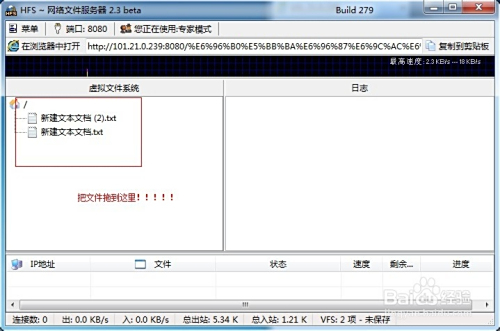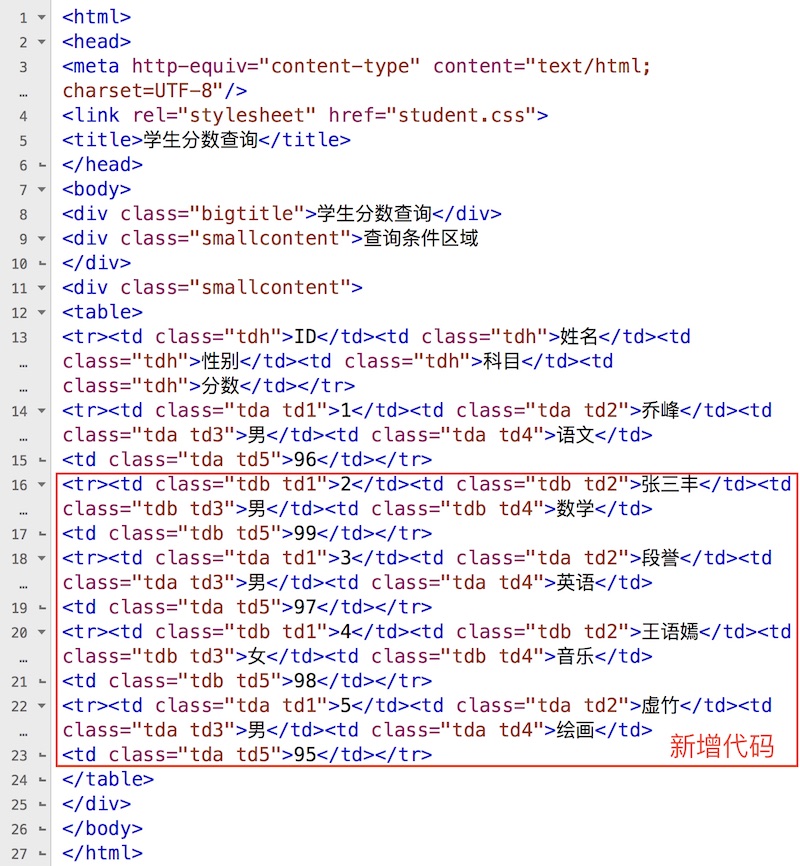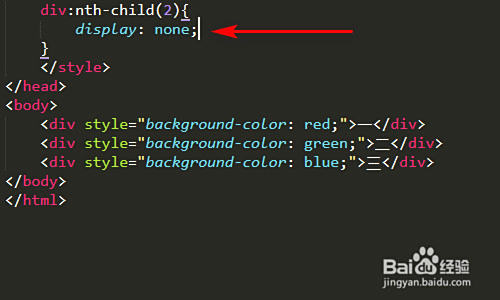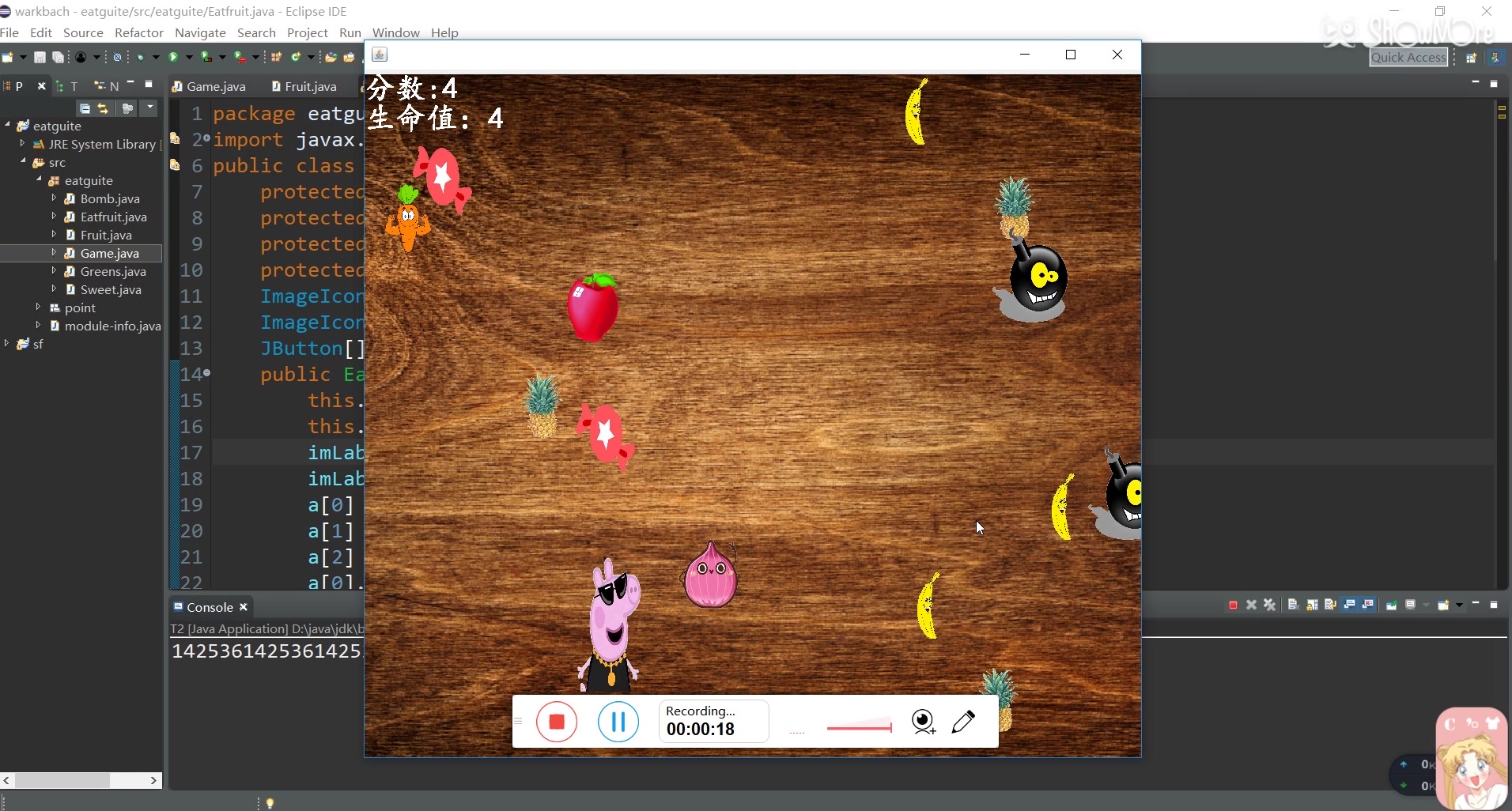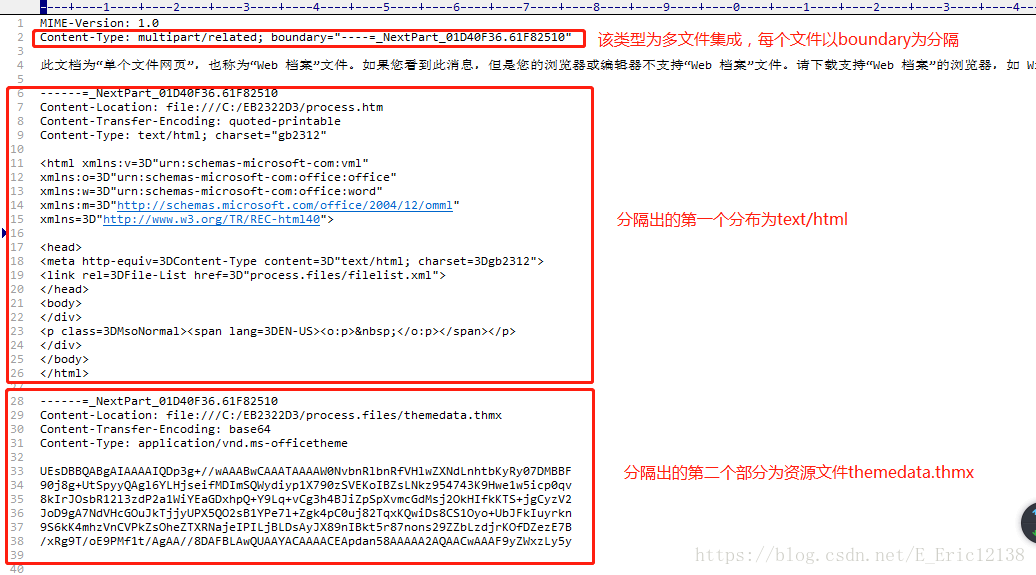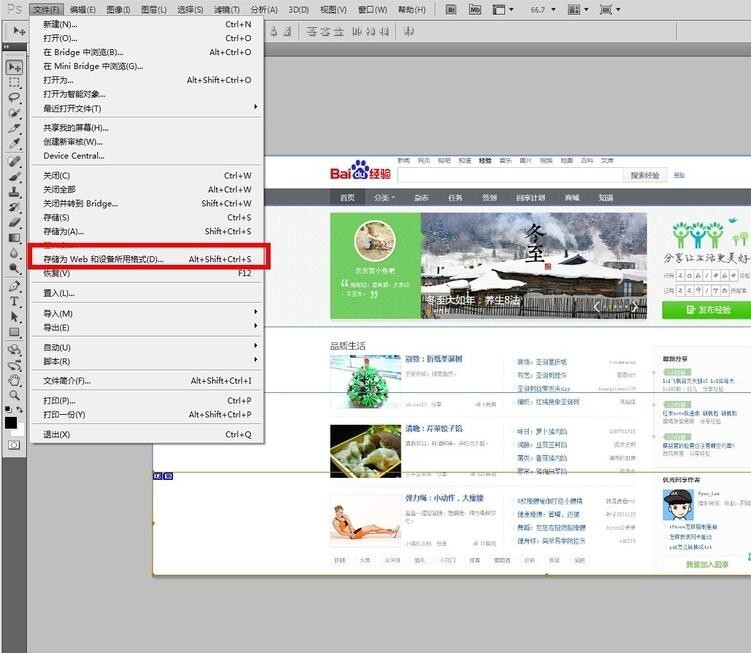上一篇
WordPress页面怎么代码写?
- CMS教程
- 2025-06-17
- 4402
在WordPress中,可以通过创建自定义页面模板实现代码编写页面,新建一个PHP文件(如
custom-page.php),添加模板声明和HTML/PHP代码,保存到主题目录,最后在后台新建页面并选择该模板即可。
在WordPress中直接通过代码创建页面是一种高效且高度自定义的开发方式,尤其适合需要精准控制布局或添加特殊功能的场景,以下是详细操作指南:
核心原理:创建自定义页面模板
WordPress通过PHP模板文件控制页面渲染,创建步骤如下:
-
新建PHP模板文件
在主题文件夹(推荐使用子主题)中创建新文件,命名如custom-page.php,开头添加模板声明:<?php /* Template Name: 自定义代码页面 */ ?>
-
编写页面结构代码
在模板文件中组合HTML、PHP和WordPress函数构建内容: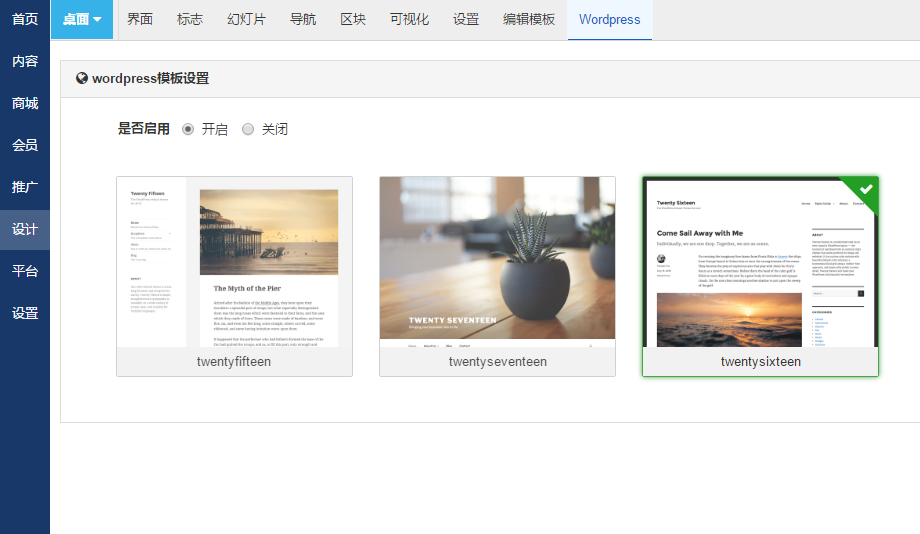
<!DOCTYPE html> <html <?php language_attributes(); ?>> <head> <meta charset="<?php bloginfo('charset'); ?>"> <?php wp_head(); ?> </head> <body <?php body_class(); ?>> <header> <h1><?php echo esc_html(get_the_title()); ?></h1> </header> <main> <!-- 静态内容示例 --> <section class="intro"> <h2>关于我们</h2> <p>这是通过代码直接生成的介绍文本。</p> </section> <!-- 动态调用文章 --> <?php if (have_posts()) : while (have_posts()) : the_post(); ?> <article> <?php the_content(); ?> </article> <?php endwhile; endif; ?> </main> <?php get_footer(); ?> </body> </html> -
关键函数说明
wp_head()/wp_footer():加载主题必需的脚本和样式the_content():输出页面编辑器中的内容get_template_part():可复用模块(如页眉/页脚)- 安全输出:使用
esc_html()或wp_kses_post()防止XSS攻击
应用模板到页面
- 在WordPress后台新建页面
- 在右侧”模板”下拉菜单中选择”自定义代码页面”
- 发布页面后访问即可看到代码生成的布局
高级自定义技巧
-
添加自定义样式
在模板中插入内联CSS或注册独立样式表:function add_custom_page_style() { if (is_page_template('custom-page.php')) { wp_enqueue_style('custom-style', get_stylesheet_directory_uri() . '/custom-page.css'); } } add_action('wp_enqueue_scripts', 'add_custom_page_style'); -
集成动态数据
通过WP_Query调用特定内容:<?php $featured_posts = new WP_Query(array( 'post_type' => 'post', 'posts_per_page' => 3, 'meta_key' => 'is_featured', 'meta_value' => '1' )); if ($featured_posts->have_posts()) : ?> <div class="featured-posts"> <?php while ($featured_posts->have_posts()) : $featured_posts->the_post(); ?> <h3><?php the_title(); ?></h3> <?php endwhile; ?> </div> <?php endif; wp_reset_postdata(); ?>
必要注意事项
-
安全防护
- 所有用户输入数据必须转义:
<?php echo esc_url($link); ?> - 禁止直接执行用户提交的代码
- 所有用户输入数据必须转义:
-
性能优化
- 使用缓存插件(如WP Super Cache)
- 合并CSS/JS文件,启用Gzip压缩
-
维护建议
- 始终使用子主题(避免主题更新覆盖代码)
- 操作前备份网站文件和数据库
- 复杂功能建议通过自定义插件实现
适用场景评估
| 方式 | 适用情况 | 技术门槛 |
|---|---|---|
| 代码编写 | 固定布局页面/需要PHP逻辑的页面 | 需PHP基础 |
| 页面构建器 | 快速拖拽设计/无代码基础用户 | 低 |
| 默认编辑器 | 更新 | 无需技术知识 |
重要提示:纯代码开发需持续关注WordPress核心更新,当函数弃用时及时调整模板,非技术人员建议结合Advanced Custom Fields等插件实现部分自定义功能。
引用说明:本文方法遵循WordPress官方开发规范,参考WordPress Theme Handbook模板文件标准,安全规范依据OWASP PHP安全指南,动态查询示例符合WP_Query文档最佳实践。





